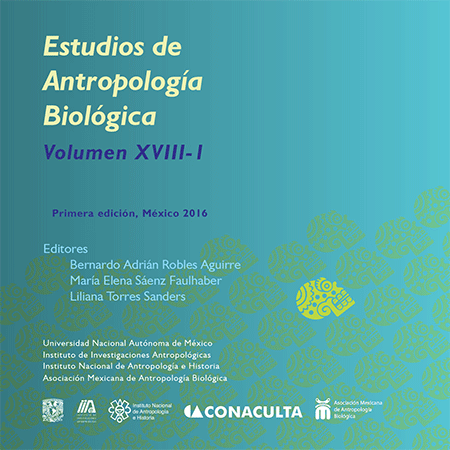Bone industry of Mixquic though MEB
DOI:
https://doi.org/10.22201/iia.14055066p.2016.56856Keywords:
Basin of Mexico, worked bone, semAbstract
San Andrés de Mixquic, Tlahuac, in the Chalco-Xochimilco subbasin of the basin of Mexico; the site had a ceremonial centre, probably dedicated to Quetzalcoatl. The Postclassical archaeological materials under investigation here were recovered during a rescue archaeological excavation, directed by the archaeologist Gabriela Mejia (2012), on the grounds of the “Cristóbal Colón” elementary school. During the excavation, animal and human bone was recovered; some of the bone was fashioned into tools. The objective of this investigation is the identification of species used, and the determination of the manufacturing techniques employed for the elaboration of the bone tools. The analysis of the material included the identification of anatomic elements, taxonomy and production technology, as well as the determination of the state of conservation. A scanning electron microscope (sem) was used to identify the marks left by the production process on the bone
Downloads
Downloads
Published
How to Cite
Issue
Section
License

http://creativecommons.org/licenses/by-nc-nd/4.0/


